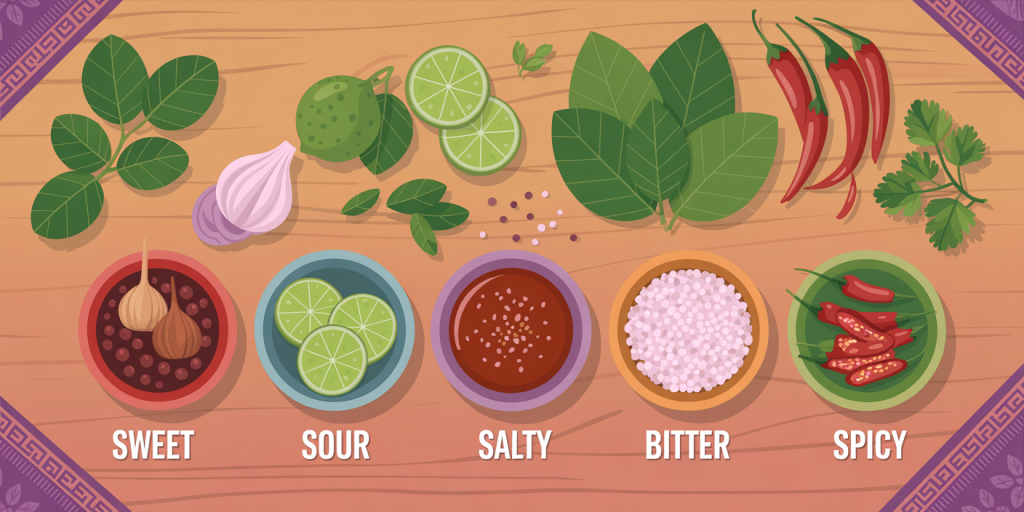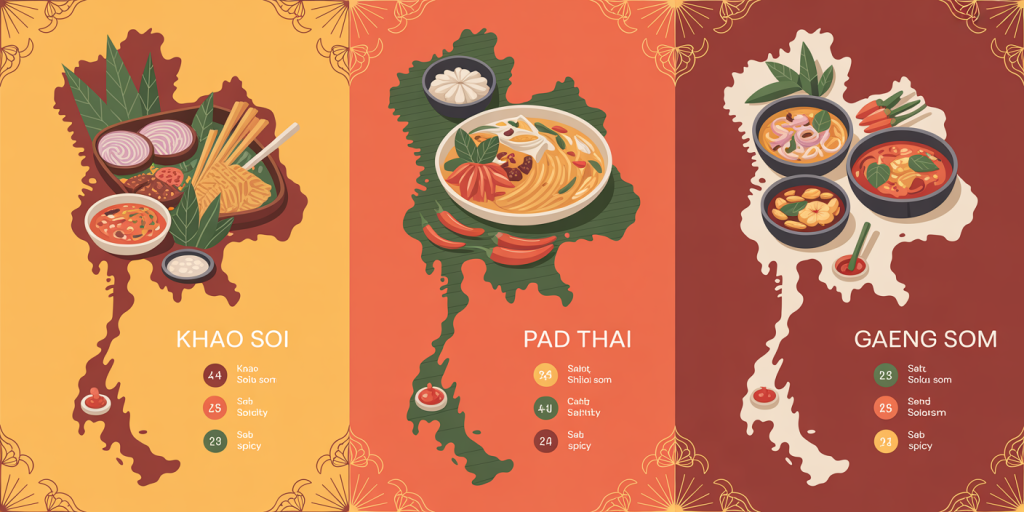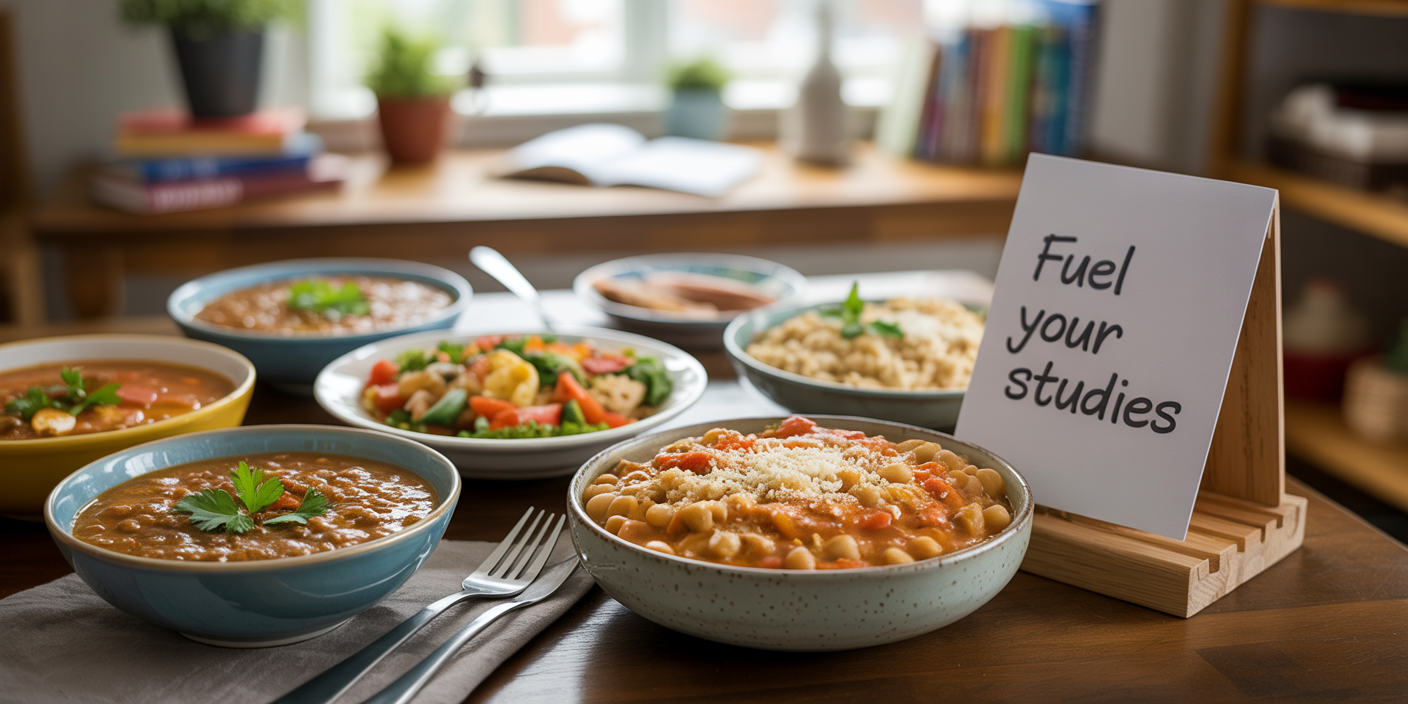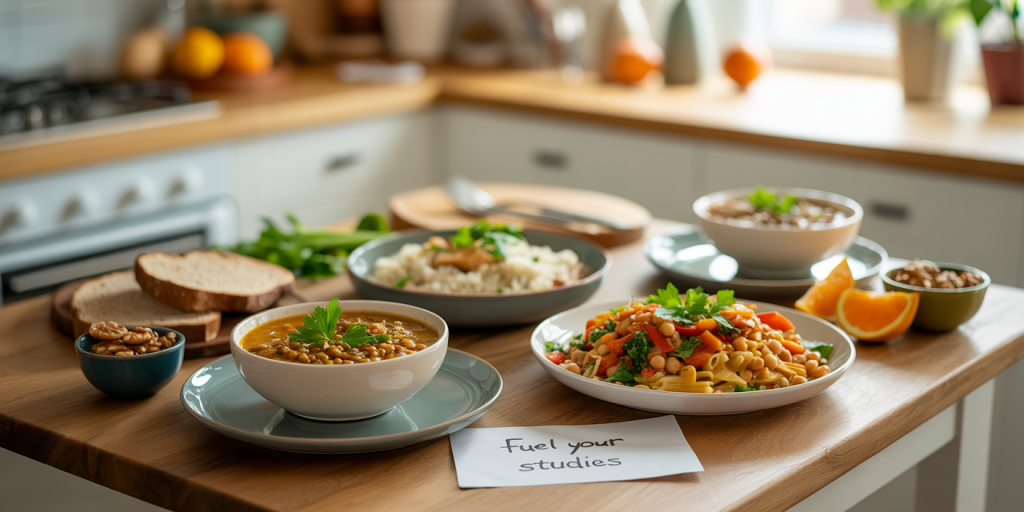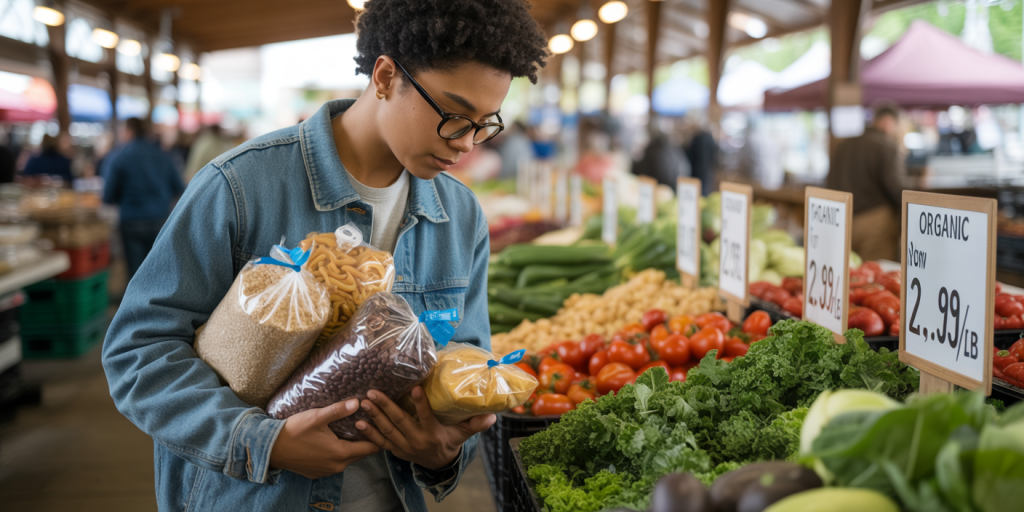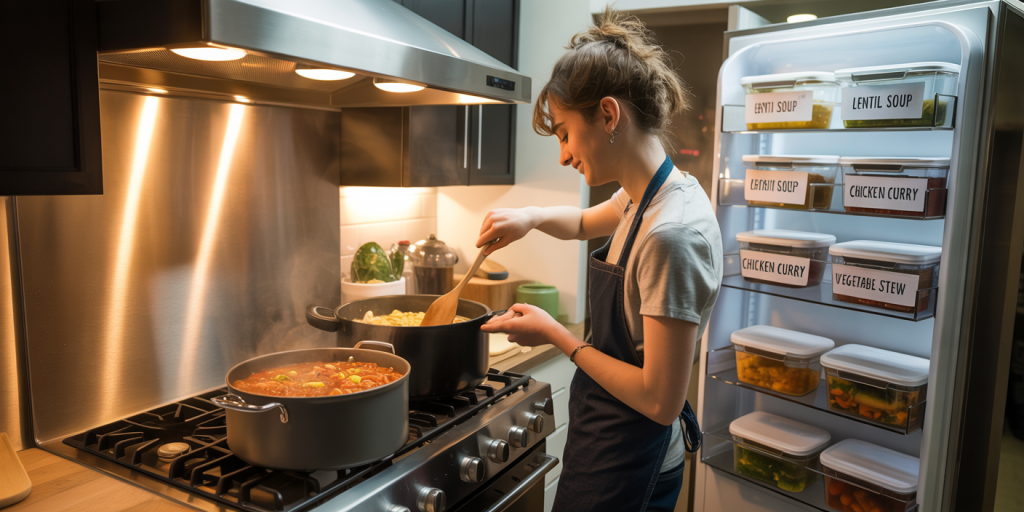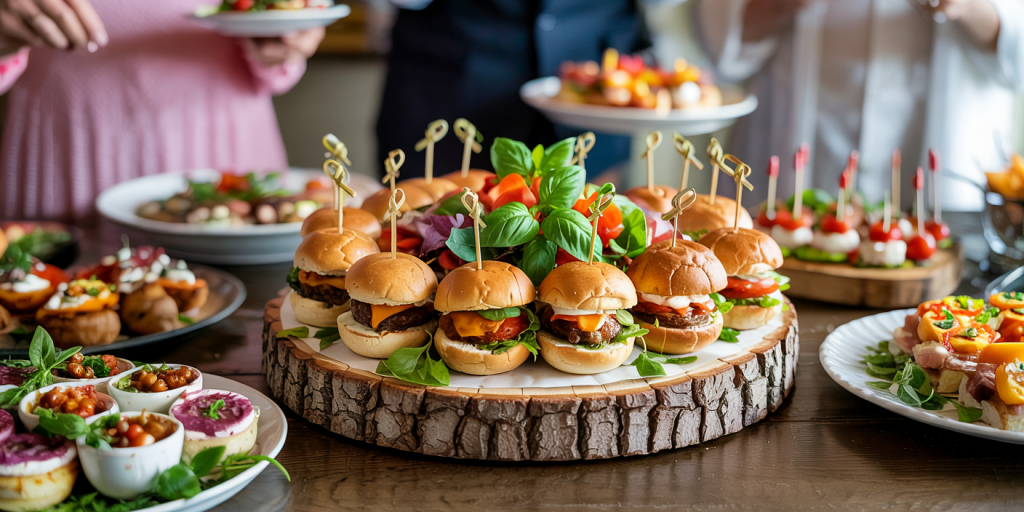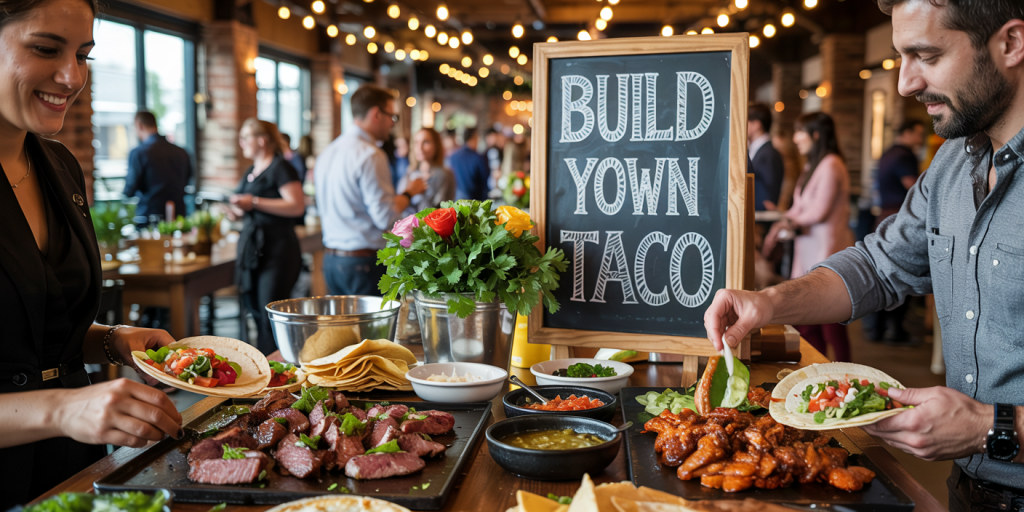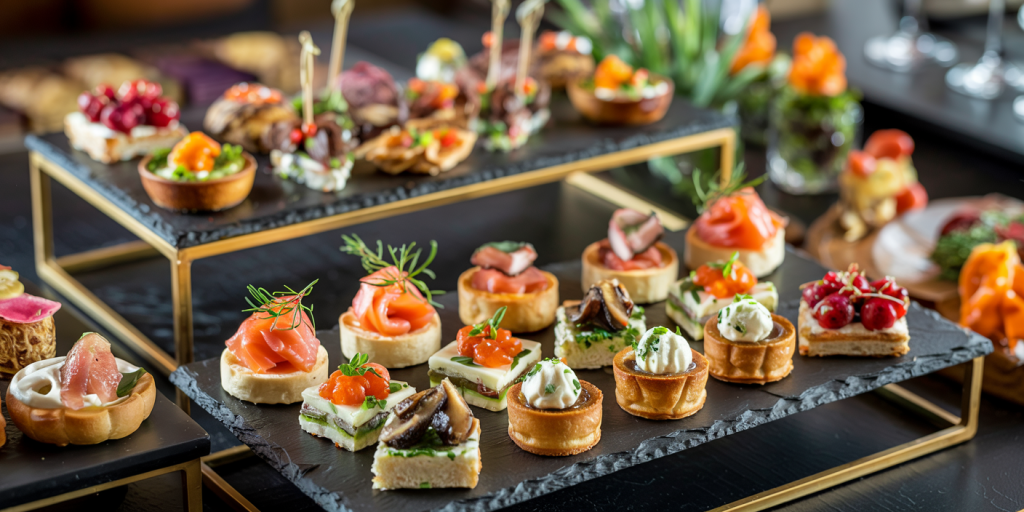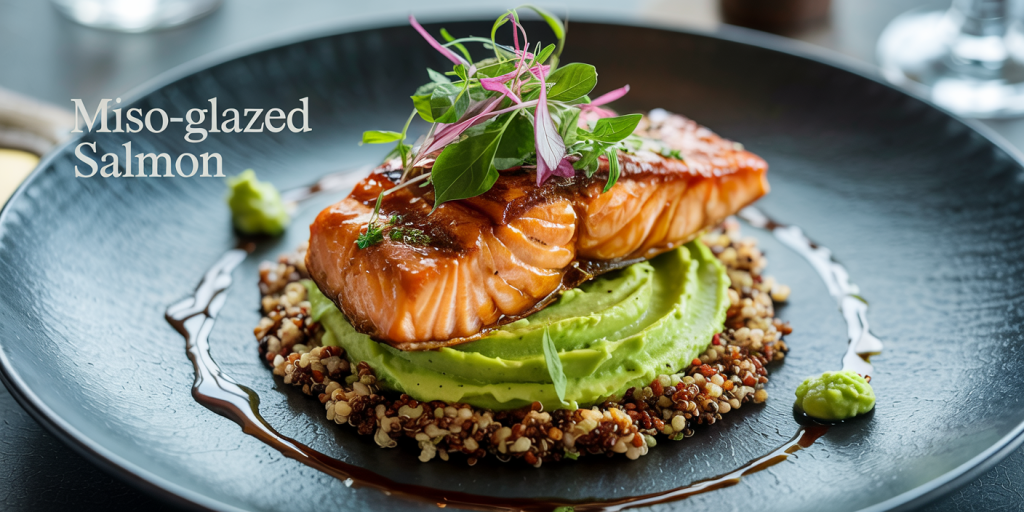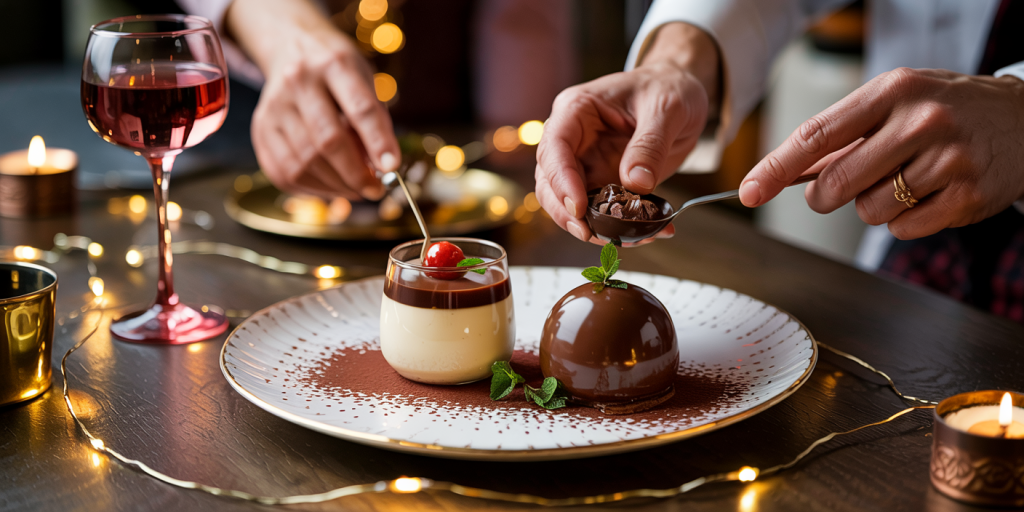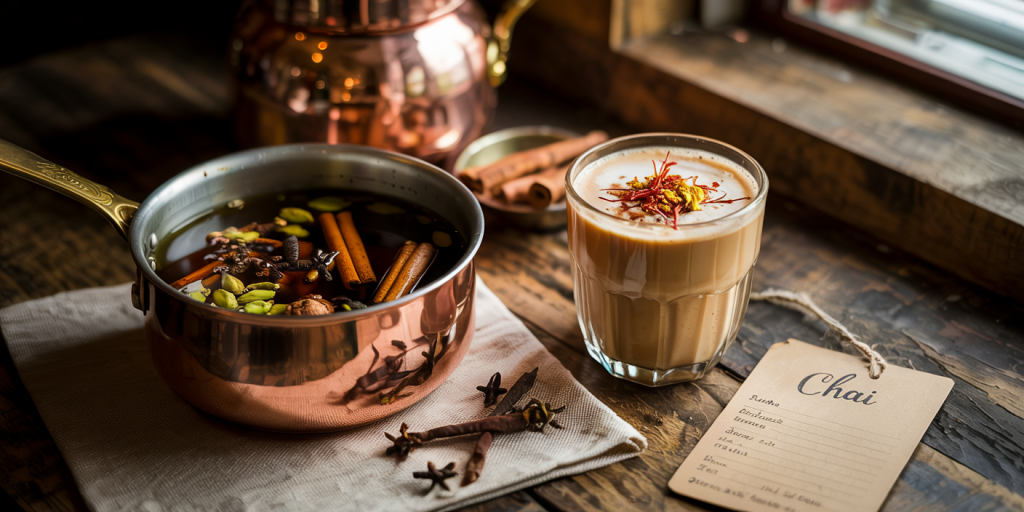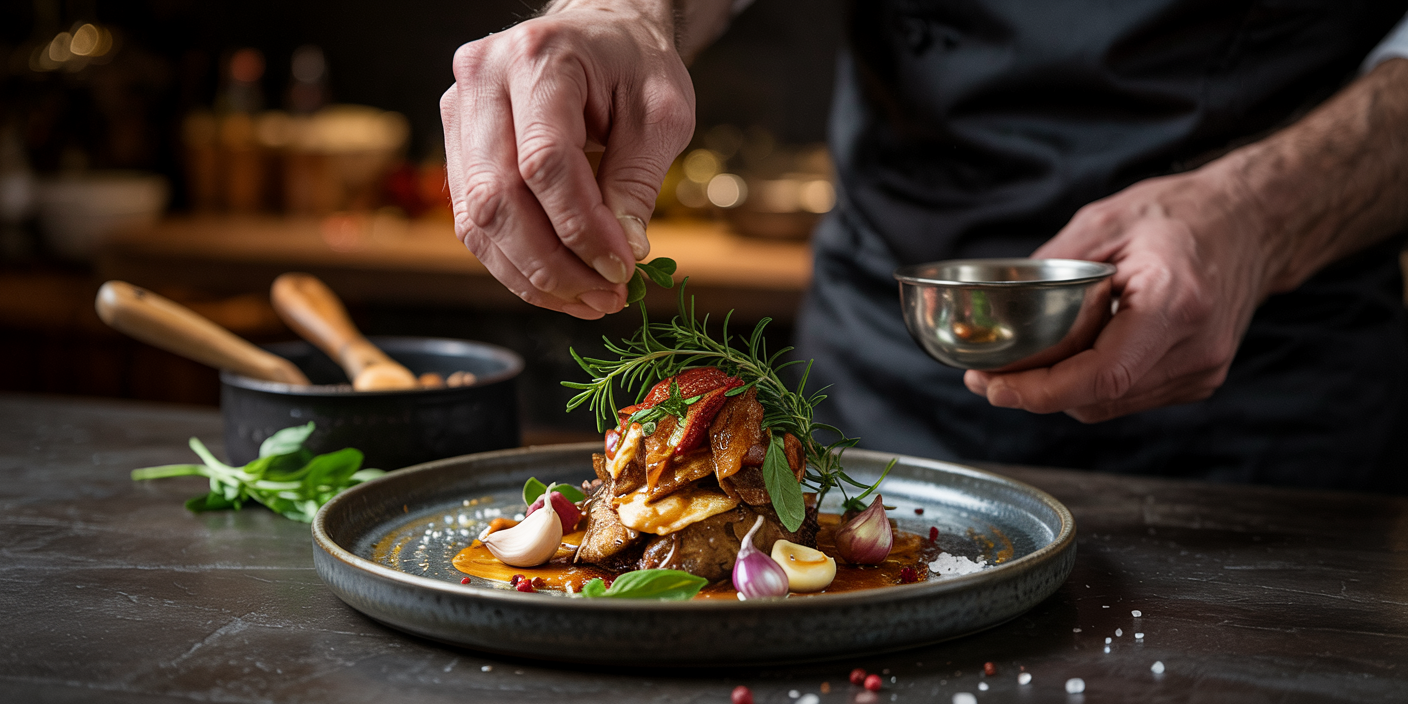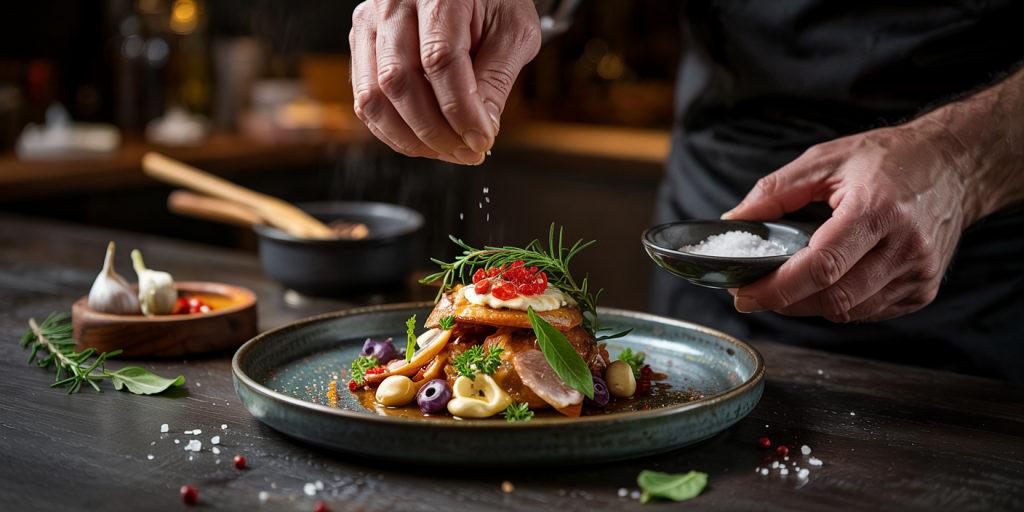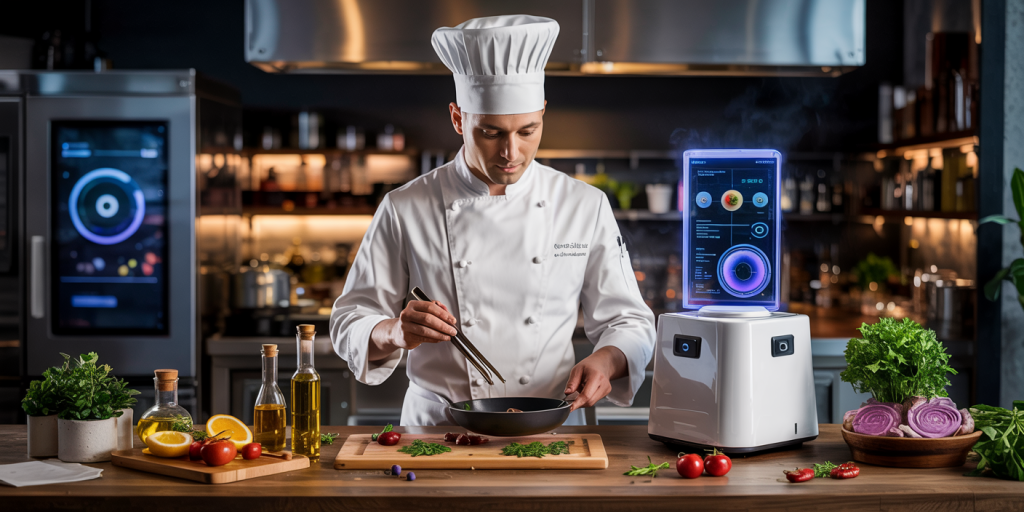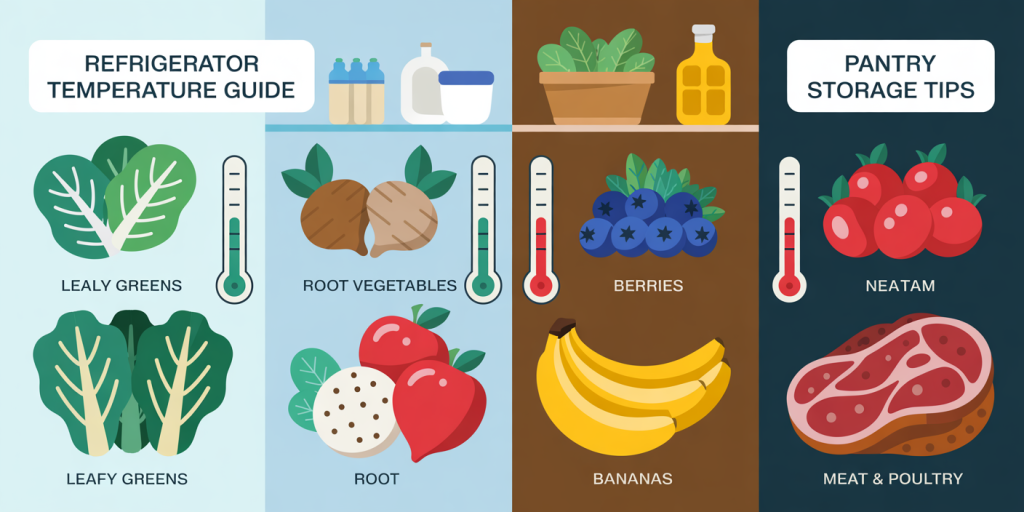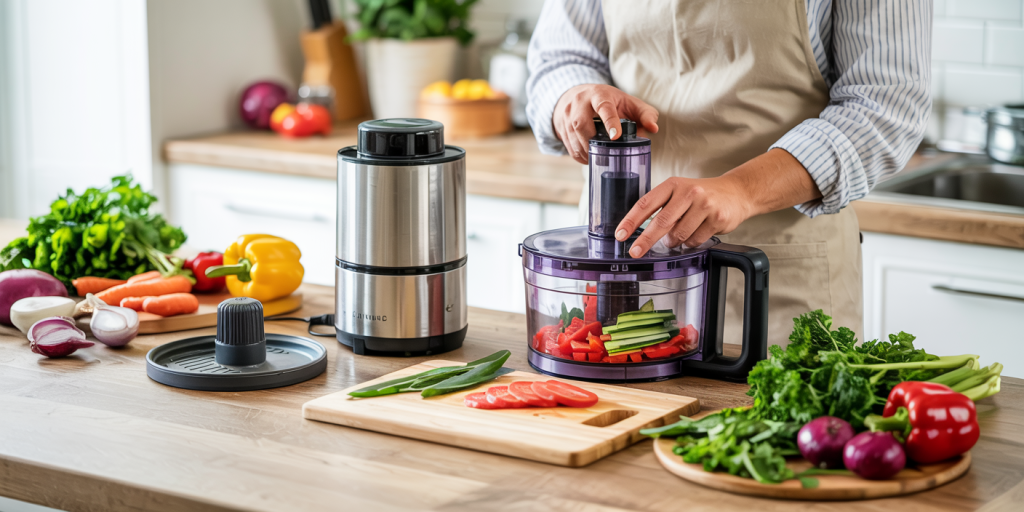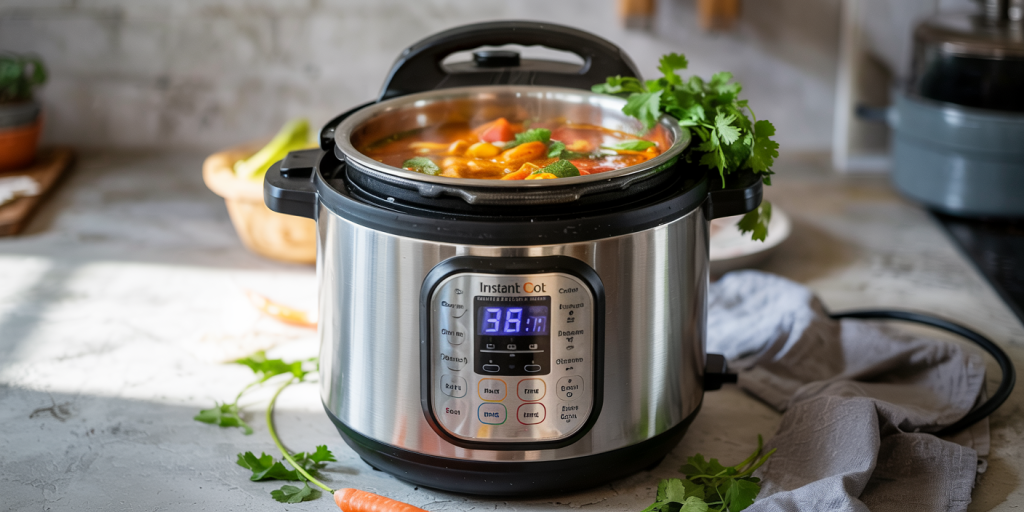Spanish cuisine stands as one of the world’s most vibrant, rich, and diverse culinary traditions. Rooted deeply in history, climate, and culture, it offers a variety of dishes that have delighted palates for centuries. Whether you find yourself wandering the bustling streets of Madrid, relaxing on the sun-drenched beaches of Andalusia, or exploring the rustic villages of Galicia, encountering Spanish classics is inevitable. These timeless dishes not only highlight Spain’s agricultural bounty but also its social fabric—shared family meals, festive gatherings, and tapas culture. In this article, we explore must-try Spanish classics and why they continue to captivate food lovers globally.
Signature Spanish Tapas: A Gastronomic Social Experience
Tapas are small plates or appetizers that originated as a way for Spanish patrons to enjoy a drink with complimentary light bites. Over time, tapas have evolved into a culture of their own, representing social bonds and culinary diversity across regions.
A quintessential example is Patatas Bravas, a dish meaning “fierce potatoes.” Typically, these are chunks of fried potato topped with a spicy tomato sauce and often aioli. According to a 2022 survey by Spain’s Tourism Ministry, 68% of domestic tourists cited tapas tours as a top culinary activity, showing the dish’s popularity. Alongside Patatas Bravas, Gambas al Ajillo (garlic shrimp cooked in olive oil) are another staple, especially in coastal areas like Andalusia.
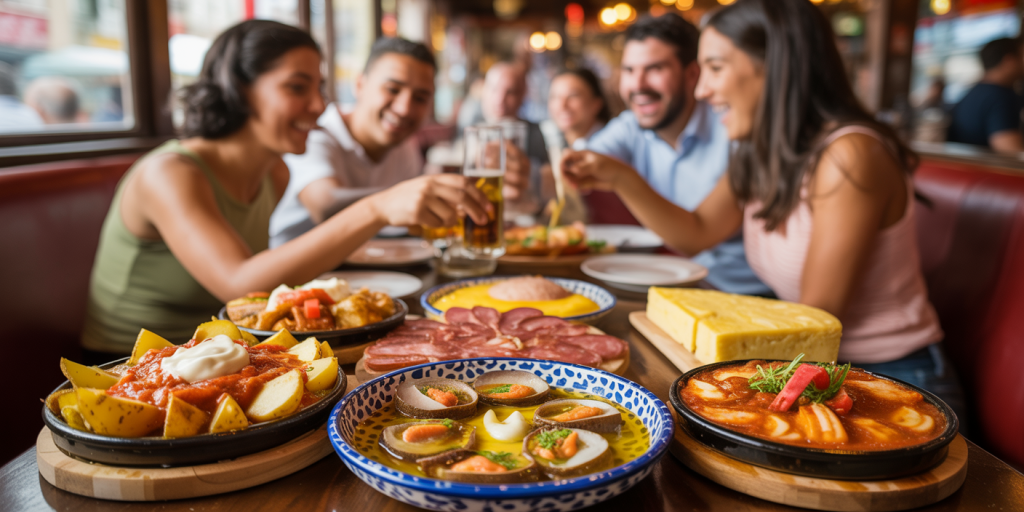
The beauty of tapas lies in their variety. In a single meal, one might enjoy Chorizo a la Sidra (chorizo cooked in cider) from the north, Tortilla Española (a thick potato omelet) from central Spain, and Boquerones en Vinagre (marinated anchovies) from the Mediterranean coast. This diversity reflects regional flavors and ingredients while promoting the communal essence of Spanish dining.
The Quintessential Paella: Spain’s Iconic Rice Dish
No discussion of Spanish classics is complete without highlighting Paella, arguably Spain’s most internationally recognized dish. Originating from Valencia, Paella is a saffron-infused rice dish traditionally cooked over an open flame in a wide, shallow pan.
There are multiple types of paella, and understanding their differences enriches the culinary experience. The two primary versions are Paella Valenciana (made with chicken, rabbit, green beans, and sometimes snails) and Paella de Marisco (seafood paella). Furthermore, less-known varieties like Paella Mixta mix meat and seafood, though purists debate its authenticity.
A comparative table below illustrates the essential ingredients and cooking methods of the key paella variants:
| Paella Type | Core Ingredients | Cooking Method | Regional Origin |
|---|---|---|---|
| Paella Valenciana | Chicken, rabbit, green beans, snails | Cooked over wood fire, slow simmer | Valencia |
| Paella de Marisco | Shrimp, mussels, squid, fish stock | Similar cooking method, seafood-focused | Coastal Spain |
| Paella Mixta | Mixed meat and seafood | Adapted methods, popular with tourists | Various |
In Valencia, annual paella contests attract thousands who compete to create authentic renditions, showing the cultural importance of this dish. Statistics from the Valencia Gastronomical Society indicate that over 3 million paellas are served annually in the region alone, underscoring its significance.
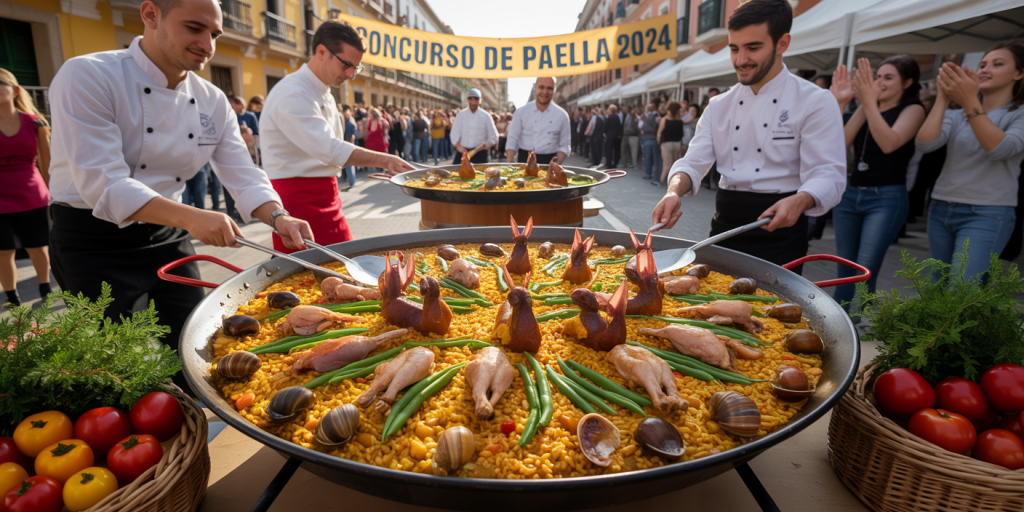
Gazpacho and Salmorejo: Classic Andalusian Cold Soups
Spain’s hot summers inspired the invention of cold soups, a refreshing yet nutritious meal component. Gazpacho and Salmorejo hail from Andalusia and use similar ingredients but offer distinct taste profiles.
Gazpacho is a cold tomato-based soup blended with cucumber, bell peppers, onions, garlic, olive oil, vinegar, and bread. It’s a vibrant red-orange soup valued not only for its refreshing qualities but also for its nutritional benefits—rich in vitamins A and C, antioxidants, and hydration-supporting water content. According to a 2023 nutritional study published in the *Journal of Mediterranean Diet*, regular consumption of gazpacho correlates with improved heart health and decreased risk of hypertension in Mediterranean populations.
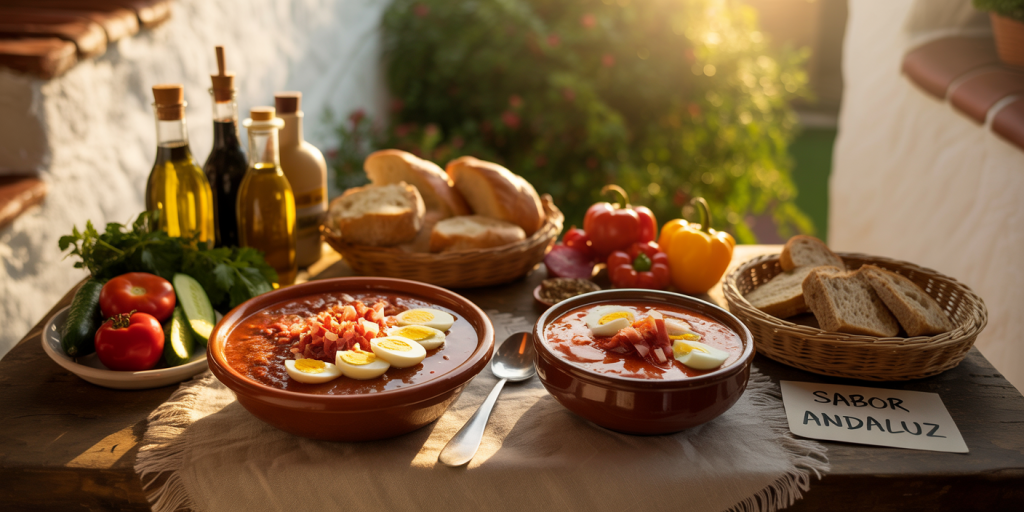
Salmorejo, more concentrated and creamier, mainly consists of tomatoes, bread, garlic, and olive oil. It’s usually topped with diced hard-boiled eggs and ham. The texture and flavor make it especially beloved in Córdoba, where traditional restaurants serve it year-round.
Both dishes perfectly exemplify how Spanish cuisine marries simplicity and health benefits—utilizing fresh, local ingredients to create deeply satisfying meals.
Jamón Ibérico: The Crown Jewel of Spanish Ham
One cannot explore Spanish classics without mention of Jamón Ibérico, arguably one of the world’s finest cured hams. Produced primarily in southwestern Spain, particularly in regions such as Jabugo and Extremadura, Jamón Ibérico is made from black Iberian pigs, which roam oak forests and feed on acorns, imparting a distinctive flavor and texture.
Different grading levels, based on the pig’s diet and pedigree, create a spectrum of quality: Jamón Ibérico de Bellota – Highest quality; pigs fed on acorns Jamón Ibérico de Cebo de Campo – Pigs partly fed nuts and pasture Jamón Ibérico de Cebo – Pigs fed on cereal feed indoors
The curing process can last between 24 to 48 months, allowing complex flavors to develop. According to Spain’s Regulatory Council for Iberian Ham, exports of Jamón Ibérico reached 15,000 tons in 2023, with a market value exceeding €300 million, demonstrating international demand.
A cultural tradition also surrounds the slicing of Jamón Ibérico; expert carvers, or *maestros cortadores*, use precision knives to cut thin slices, ensuring optimal texture and taste. At Madrid’s famed Mercado de San Miguel, visitors can witness live demonstrations and taste rare varieties.
Tortilla Española: A Symbol of Spanish Simplicity and Comfort
The Tortilla Española, or Spanish omelet, is a humble but beloved staple found in homes and tapas bars throughout Spain. Made primarily with eggs, potatoes, and onions, its preparation may seem straightforward but achieving the ideal balance between tenderness and firmness requires skill.
This dish serves multiple purposes—it can be a tapa, a quick meal, or a picnic essential. In a 2021 survey by El País, Tortilla Española ranked as the most cooked Spanish dish at home, highlighting its enduring popularity.
Moreover, regional variations abound. Some include chorizo, peppers, or even asparagus, adapting the recipe according to local tastes and seasonal availability. For example, in the Basque Country, a Butter-fried Tortilla adds a richer taste, while in Castilla-La Mancha, olive oil plays a more prominent role.
Future Perspectives: Spanish Classics in a Global Context
As Spanish cuisine continues to grow internationally, its classic dishes adapt to modern trends without losing their essence. Health-conscious consumers have driven some reinterpretations, such as lighter versions of paella with brown rice or low-fat Jamón Ibérico options. Simultaneously, innovation remains vibrant—Michelin-starred Spanish chefs blend traditional recipes with avant-garde techniques to attract global elites.
Tourism also plays a critical role. Spain welcomed over 80 million international visitors in 2023, with culinary tourism constituting a significant portion of their experience. This influx encourages restaurants and markets to preserve authentic dishes while expanding accessibility.
Sustainability will increasingly shape the future of Spanish classics. Given concerns about overfishing, climate change, and animal welfare, producers and chefs are integrating more environmentally friendly practices. For example, there is a rising trend toward sourcing local organic vegetables for gazpacho or using sustainable seafood in coastal paellas.
Educational programs and cooking classes worldwide also teach Spanish classics, ensuring that these recipes are passed down and appreciated across cultures. Digital platforms like YouTube and TikTok have democratized access, empowering home cooks globally to recreate Spanish classics authentically.
In summary, Spanish classic dishes continue to serve as cultural ambassadors, evolving yet rooted in centuries-old traditions. Whether enjoyed in a rustic village or a metropolitan city, they encapsulate Spain’s heart and soul—a timeless celebration of food, family, and festivity.



